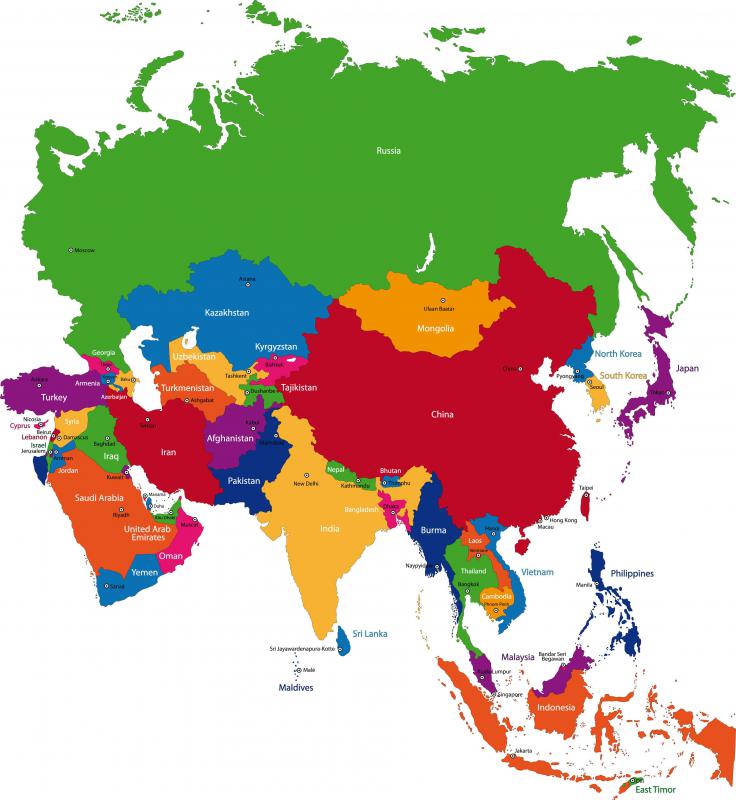At HomeQuestionsAnswered, we're committed to delivering accurate, trustworthy information. Our expert-authored content is rigorously fact-checked and sourced from credible authorities. Discover how we uphold the highest standards in providing you with reliable knowledge.
What is a Dwarf Dogwood?
Dwarf dogwood, or Cornus canadensis, is a flowering sub-shrub that produces a cluster of spherical red berries. Its native range encompasses cooler climates in the United States, Canada, Russia and China. The dwarf dogwood has a cluster of six green leaves, at the center of which grow four bracts, which look like four white petals but are actually modified leaves and bear no similarity to petals beyond superficial appearance. The plant's white flowers are so small and dull in color that the larger bracts also function to attract insects such as honey bees and solitary bees to increase the potential for pollination. The clusters of tiny flowers grow to form an inflorescence at the center of the bracts.
A rhizomous plant, a dwarf dogwood can reproduce asexually, sending trailers called rhizomes tunneling through the soil, away from the parent plant, and sending new shoots above the surface at irregular intervals. These shoots develop into replicas of the parent plant. A dwarf dogwood also can reproduce via pollination and seed dispersal. Deer and other foraging forest dwelling animals feed on its berries. Each fruit contains one or two seeds, which are dispersed as the animal wanders, digesting and eventually passing the seeds.

A dwarf dogwood prefers well-drained soil and medium moisture. It requires cooler climates and is not tolerant of hot temperatures. This plant prefers nutrient-rich soil and medium to heavy shade. It will not grow well, if at all, with long periods in full sun, and it is intolerant of dry conditions or periods of drought.
Forested areas are where the plant is most commonly found, colonizing under large trees. Forests provide ample shade, and the soil of the forest floor provides moisture and a heavy nutrient content from the decaying fallen leaves that create a nutrient-rich mulch. In optimal growing conditions, dwarf dogwood reaches heights of 12 inches (30 cm) and can quickly become the primary ground cover, limiting space, light and resources for other species. The plants form a dense carpet on the forest floor, even enveloping fallen tree trunks.
AS FEATURED ON:
AS FEATURED ON:












Discuss this Article
Post your comments